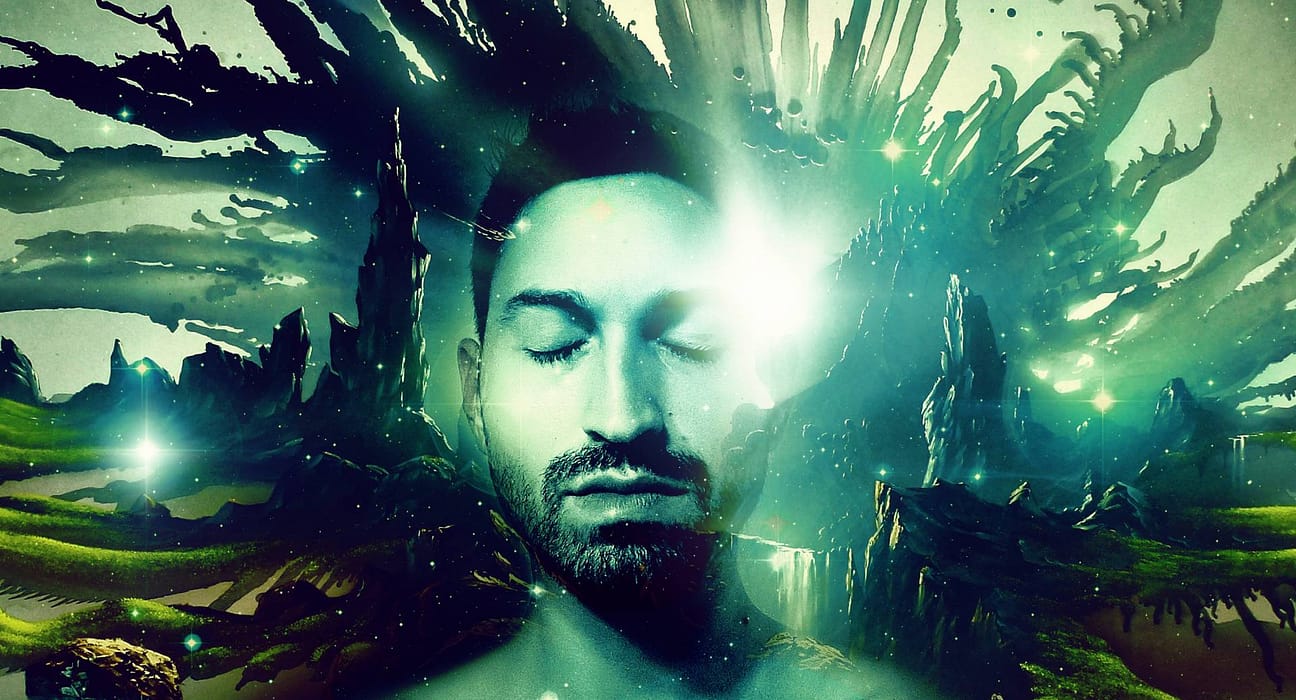Last updated on May 21st, 2024 at 12:28 am
Dreams reflect our fears, desires and (unresolved) emotions. They happen during REM sleep when the brain is active, impacting our emotions and mood. Not all dreams are pleasant; some help process negative emotions like stress or fears. Scary dreams may stem from stress, trauma, or fears, aiding in confronting these feelings. Their meanings vary. But often represent unresolved fears or anxieties needing attention.
Scary dreams can be unsettling ( but serve a purpose). They help the mind process negative emotions like – stress or fears. These dreams may symbolize unresolved fears or anxieties that require acknowledgment and resolution.
In this post, we’ll explore 38 scary facts about dreams — categorized into different types of dream phenomena.
Why You Should Read?
- ✓ Well Researched
- ✓ Sourced from 12 most trusted websites (Links at bottom)
- ✓ Well categorized — 9 Categories available
- ✓ Fact Checked
Not dreaming individuals are rare. As per statistics, most people dream for about 2 hours every night. [1] However, some individuals believe that they don’t dream. The reason for this is they are unable to recall their dreams.
A comprehensive study involving 28,000 participants in 2012 found that it is a common occurrence for more men to forget their dreams than women. [2] The majority of dreams that humans experience are either frightening or bring discomfort.
Medicines, alcohol, drugs, lack of sleep, fever, or anxiety can cause nightmares. Not only that, emotional issues at home or school, major life changes such as a move, trauma, and stress can also lead to nightmares. [3]
Scary Facts about Dreams
Let’s move into different categories of scary facts about dreams.
Nightmares:
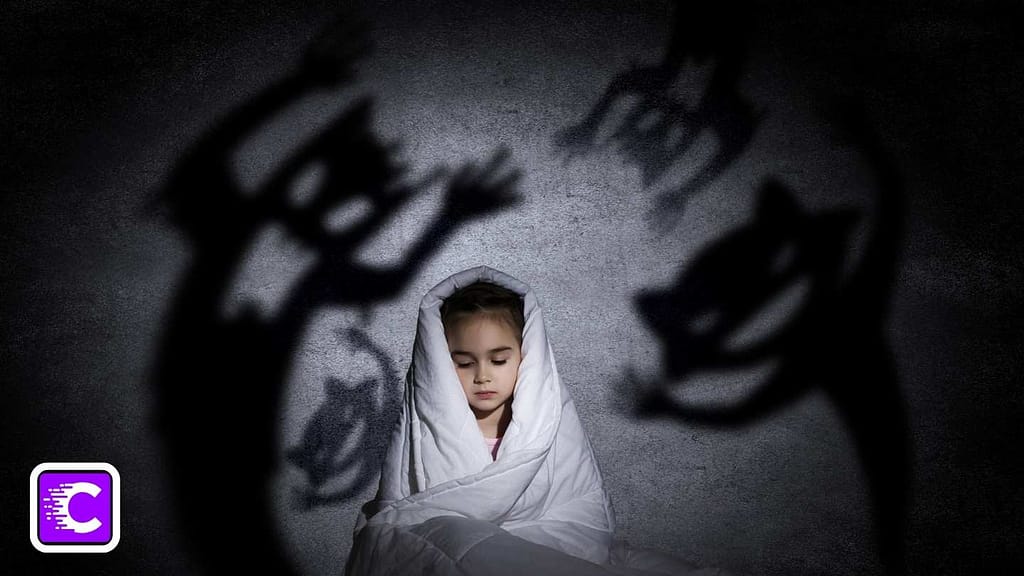
1. Nightmares can lead to intense fear, anxiety and distress — making it hard to go back to sleep after waking up. [4]
2. Frequent nightmares are connected to higher risks of mental health issues — such as depression and PTSD (Post-Traumatic Stress Disorder).
3. Nightmares about death or injury are very common and frightening. [6]
4. Some individuals may have episodes of extreme fear, screaming and thrashing during sleep known as “night terrors” or “sleep terrors.” Typically found often in the 3-7 age group. [5]
5. According to a study by Calvin S. Hall from 1940s to 1985 based on 50,000 dream reports, the most common experience in a dream was anxiety. [10]
Sleep Paralysis:
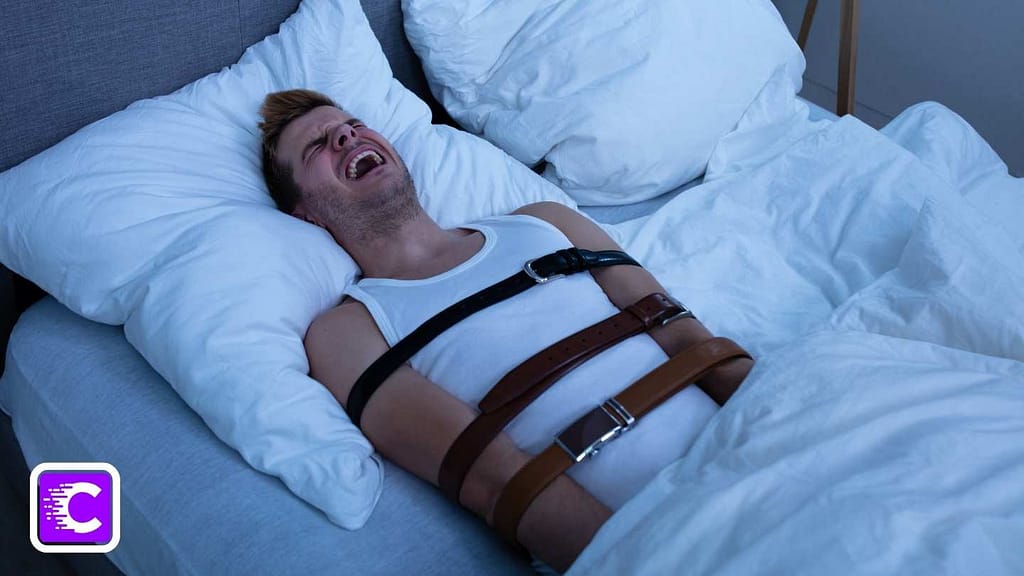
6. Sleep paralysis causes a person to be awake (conscious). But they are unable to move or speak. They often experience chest pressure and frightening hallucinations.
7. Many people feel choked or suffocated during sleep paralysis.
8. Sleep paralysis is highly terrifying. Especially for frequent sufferers or those unaware of its nature.
9. Sleep paralysis in some cultures is thought to be caused by evil spirits. They think supernatural beings sitting on the sleeper’s chest.
10. People with sleep disorders like narcolepsy are more likely (higher risk) to have sleep paralysis. [7]
Lucid Nightmares:

11. In a lucid nightmare, the dreamer knows they’re dreaming. Interestingly, they can’t wake up or control it — causing feelings of helplessness and terror.
12. Lucid nightmares can activate physical reactions like sweating, fast heartbeat and tense muscles. It’s due to their vivid and realistic nature.
13. It’s tough to escape a lucid nightmare; trying to wake up or alter the dream usually doesn’t work.
14. In lucid nightmares, dreamers may experience being chased, or attacked. Or even trapped in terrifying situations they cannot escape.
15. The feeling of being trapped in a lucid nightmare can cause psychological distress. That can lead to fear of sleeping or anxiety about dreaming. [8]
Recurring Nightmares:
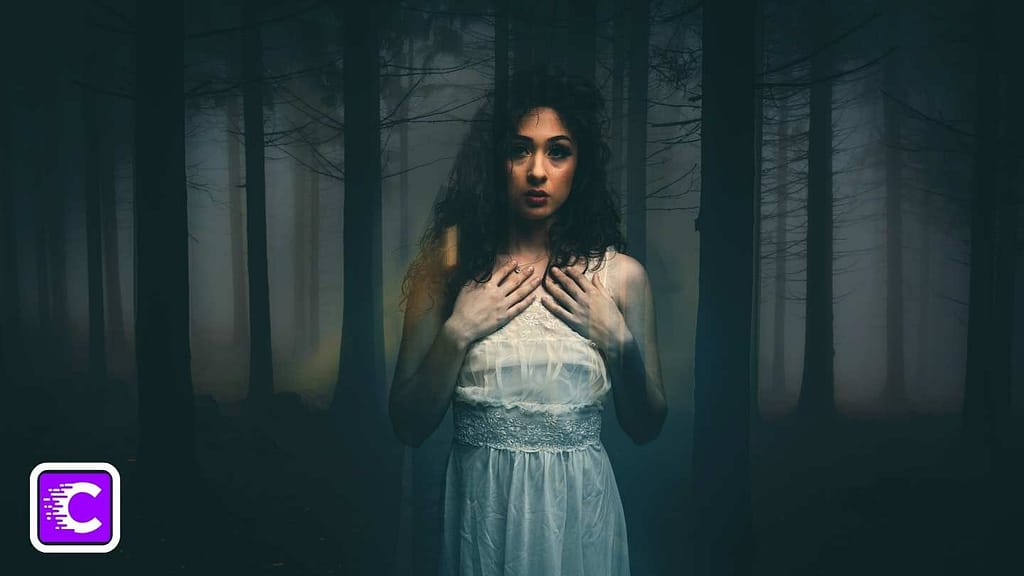
16. The recurring nightmares and repeating disturbing dreams can suggest psychological distress and potential trauma or anxiety issues.
17. Individuals with frequent nightmares may produce a fear of sleeping — or feel anxious before bedtime.
18. Recurring nightmares may feel inescapable to the dreamer even when awake.
19. Recurring nightmares can be caused by specific events (in some cases) or places linked to the nightmare.
20. Recurring nightmares may indicate PTSD or other mental health issues. [9]
False Awakenings:
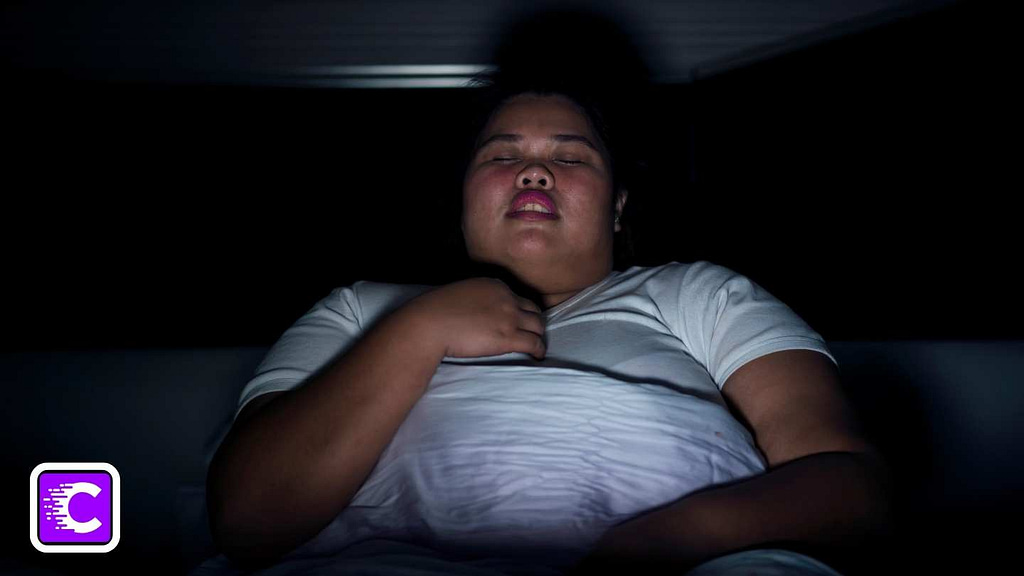
21. False awakenings arise when a person dreams that they have woken up—only to realize later that they are still dreaming.
22. This phenomenon can be disorienting and scary. Because it blurs the lines between reality and dream states.
23. False awakenings can lead to a sense of confusion and anxiety. Also even panic when the dreamer realizes they are still trapped in a dream.
24. In several cases, false awakenings can occur multiple times in a single night—making it tough for the dreamer to spot reality from dreams.
25. False awakenings can occasionally involve the dreamer undergoing their typical morning routine, only to “wake up” again and realize it was all a dream. [11]
Dream Control:

26. Several people claim they can control what happens when dreaming, yet things can turn scary if control slides away.
27. Nightmares might happen if control over a dream is lost — resulting in feelings of fear and helplessness.
28. Occasionally dreamers attempt to alter or control a nightmare on intention but fail — which can make things scarier and more upsetting.
29. The incapacity to control or escape a nightmare can be psychologically damaging. It may impart to the development of fear or anxiety around dreaming.
Hypnagogic Hallucinations:
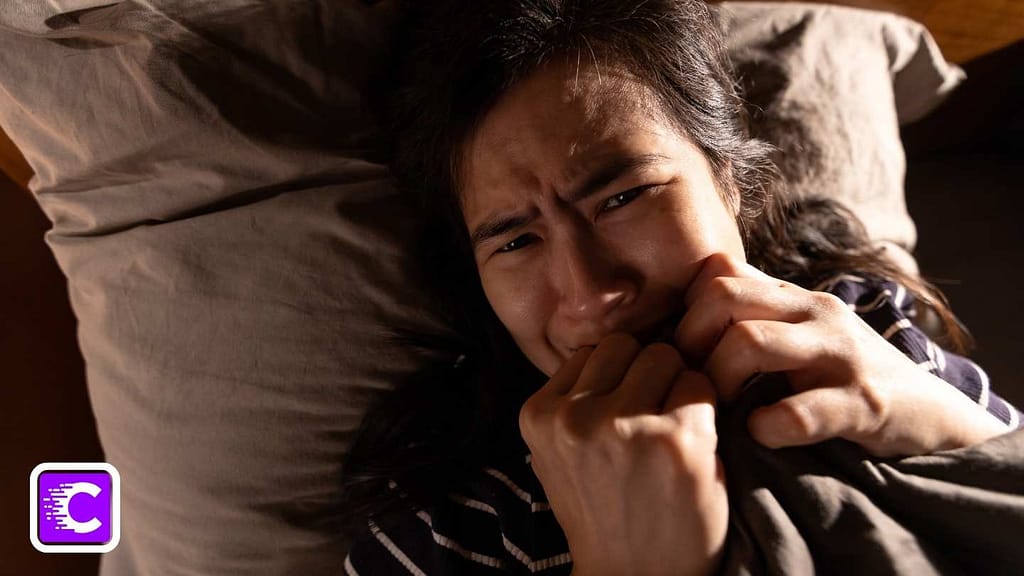
30. Hypnagogic hallucinations arise in the transitional state between wakefulness and sleep. It can include frightening visual, auditory, or tactile experiences.
31. These hallucinations can be disturbing. It may involve sensations of paralysis, pressure, or the presence of an entity in the room.
32. Certain people report seeing terrifying figures or experiencing auditory hallucinations of voices. Or sounds during hypnagogic hallucinations.
33. Hypnagogic hallucinations can be tough to distinguish from reality. It drives to confusion and fear. [12]
Precognitive Dreams and Shared Dreams:

34. While not inherently scary, precognitive dreams (dreams that seem to predict future events) and shared dreams (dreams shared by two or more people) can be unsettling and raise questions about the nature of reality and consciousness.
35. Some people believe that precognitive dreams or shared dreams may have supernatural or paranormal explanations — which can be disturbing or frightening to consider.
Common Scary Facts: Kids, Adults and Seniors

36. Children often experience nightmares featuring monsters, ghosts —or other terrifying creatures that seem real to them.
37. Adults Nightmares about teeth falling out, a common dream symbol—can represent fears of aging, loss, or insecurity.
38. Seniors may experience nightmares related to death, either their own or that of loved ones, reflecting their mortality.
Read Also: 25 Funny Facts About Marriage (Make You Laugh and Think)
Conclusion
Dreams can be exceptional experiences. But they also have a dark side. From frightening nightmares to paralysis and hallucinations, these 35 facts unveil the unsettling realities of the dreamscape. While some phenomena like lucid nightmares and false awakenings may leave you questioning reality itself. Others like recurring nightmares and night terrors can be deeply psychologically distressing.
Sleep paralysis, often escorted by a chilling sense of an evil presence—affects millions worldwide. Hypnagogic hallucinations blur the line between wakefulness and slumber – creating confusion and fear. Even phenomena like precognitive and shared dreams, nevertheless not intrinsically scary, question our understanding of consciousness. Eventually, these facts function as a reminder that the dream realm can be an unforgettable and sometimes nightmarish place, revealing the dark corners of our subconscious minds.
FAQs
- What are the scariest dreams to have?
Scariest dreams include teeth falling out, being chased, dying, being naked in public, seeing a dead person, creepy clowns, car crashes, and creepy crawlers. - What are 5 facts about dreams?
Five facts about dreams: Bad dreams are not to fear, dream control is possible, dreaming is not limited to thinkers, certain drugs induce waking dreams, and daydreams can dominate some lives. - Why is my dream scary?
Scary dreams can result from triggers like stress, anxiety, trauma, sleep deprivation, medication, drug use, and exposure to frightening media. Repeated scary dreams may lead to a diagnosis of “Nightmare disorder.” - What are scary facts about sleep?
Scary sleep occurrences include dream-like hallucinations, sleep paralysis, REM disorders, sleep eating, and exploding head syndrome.



